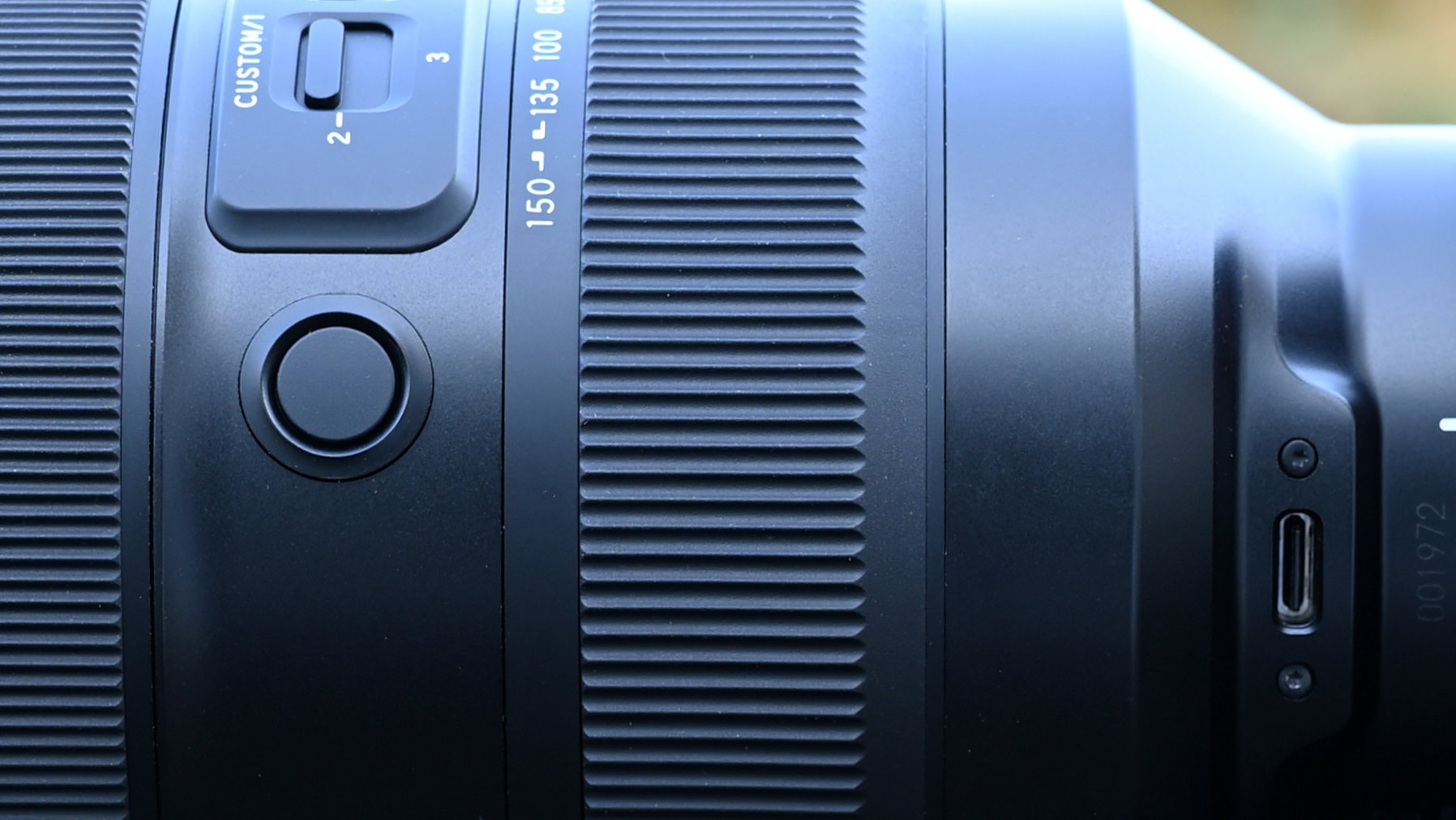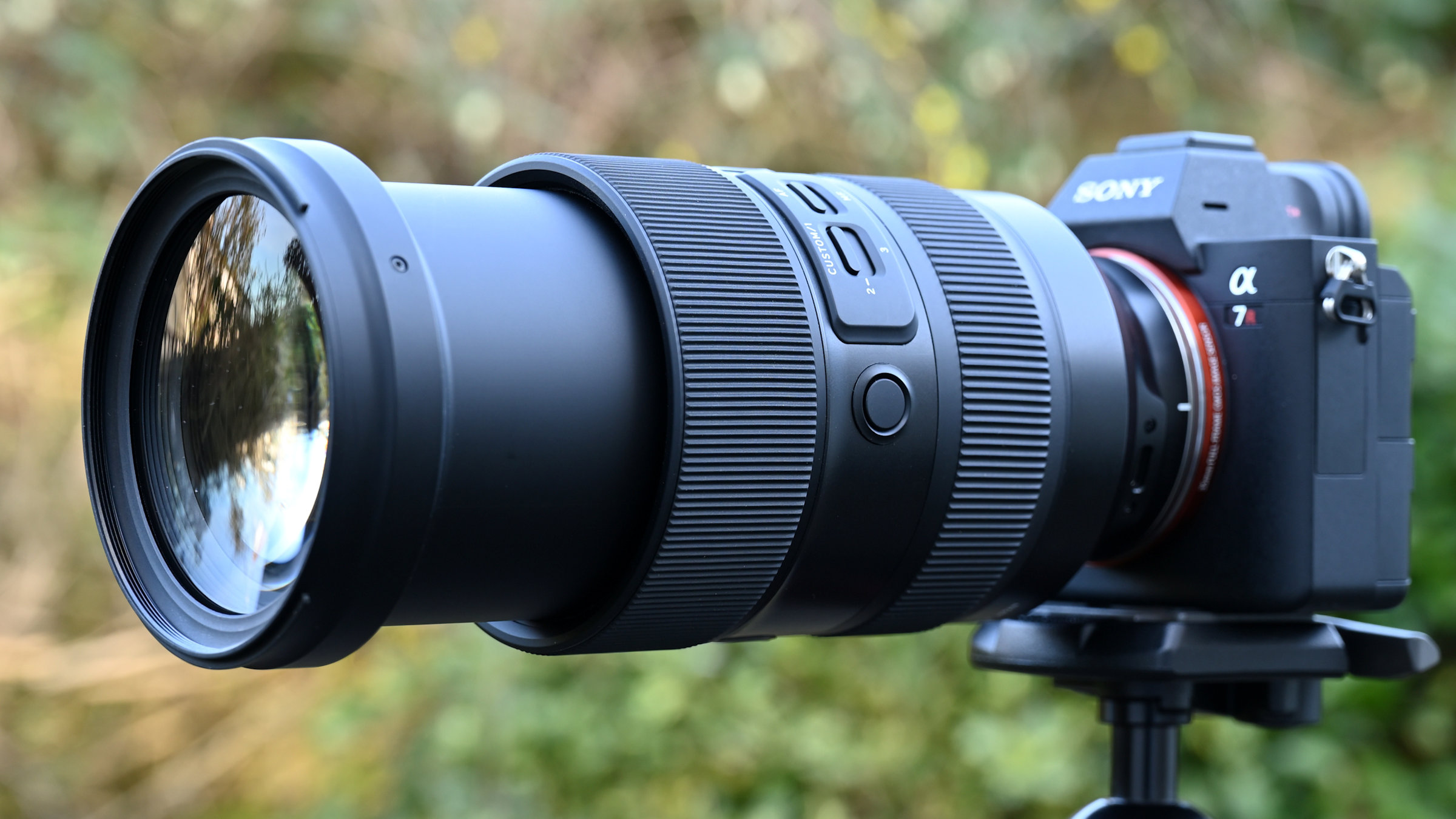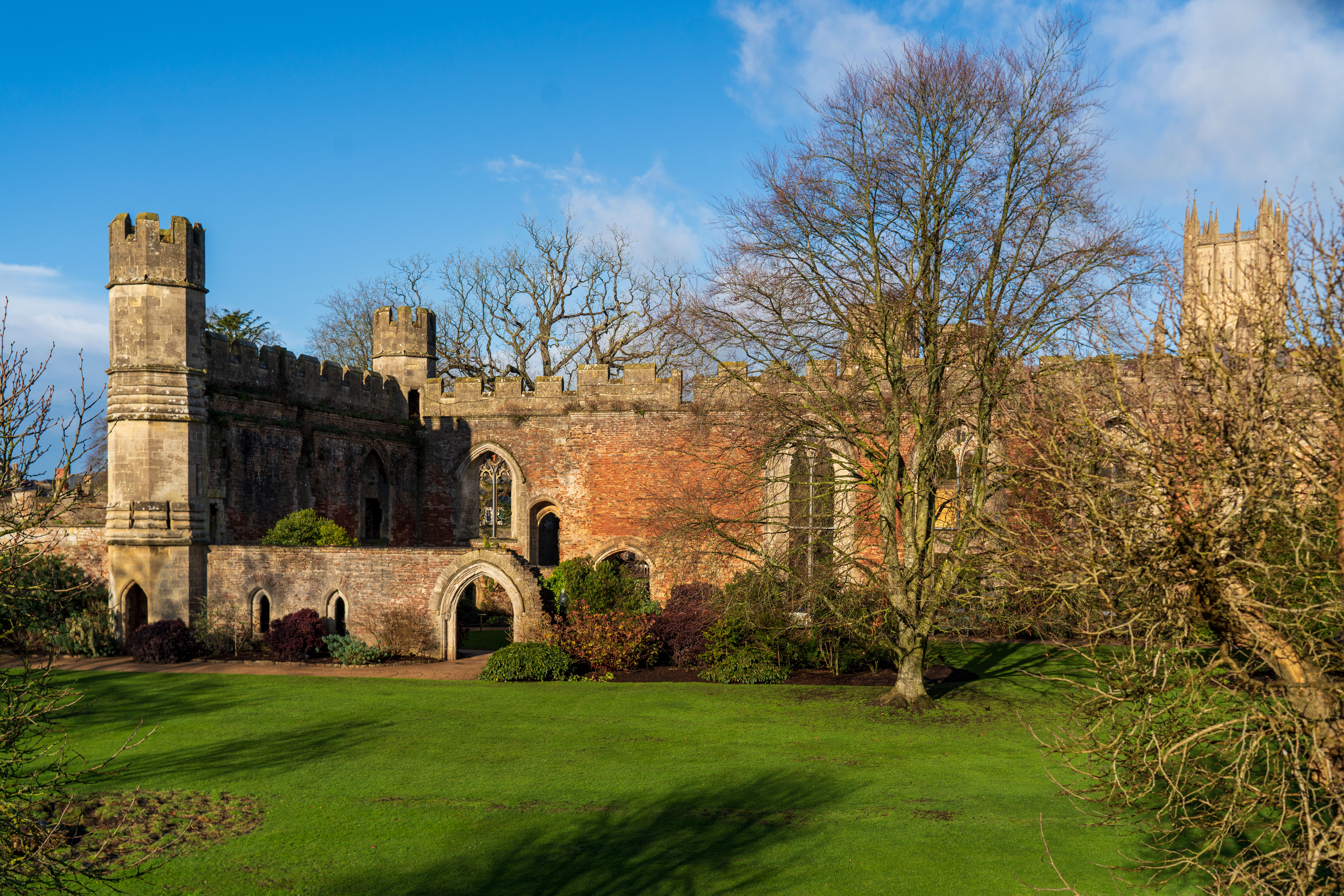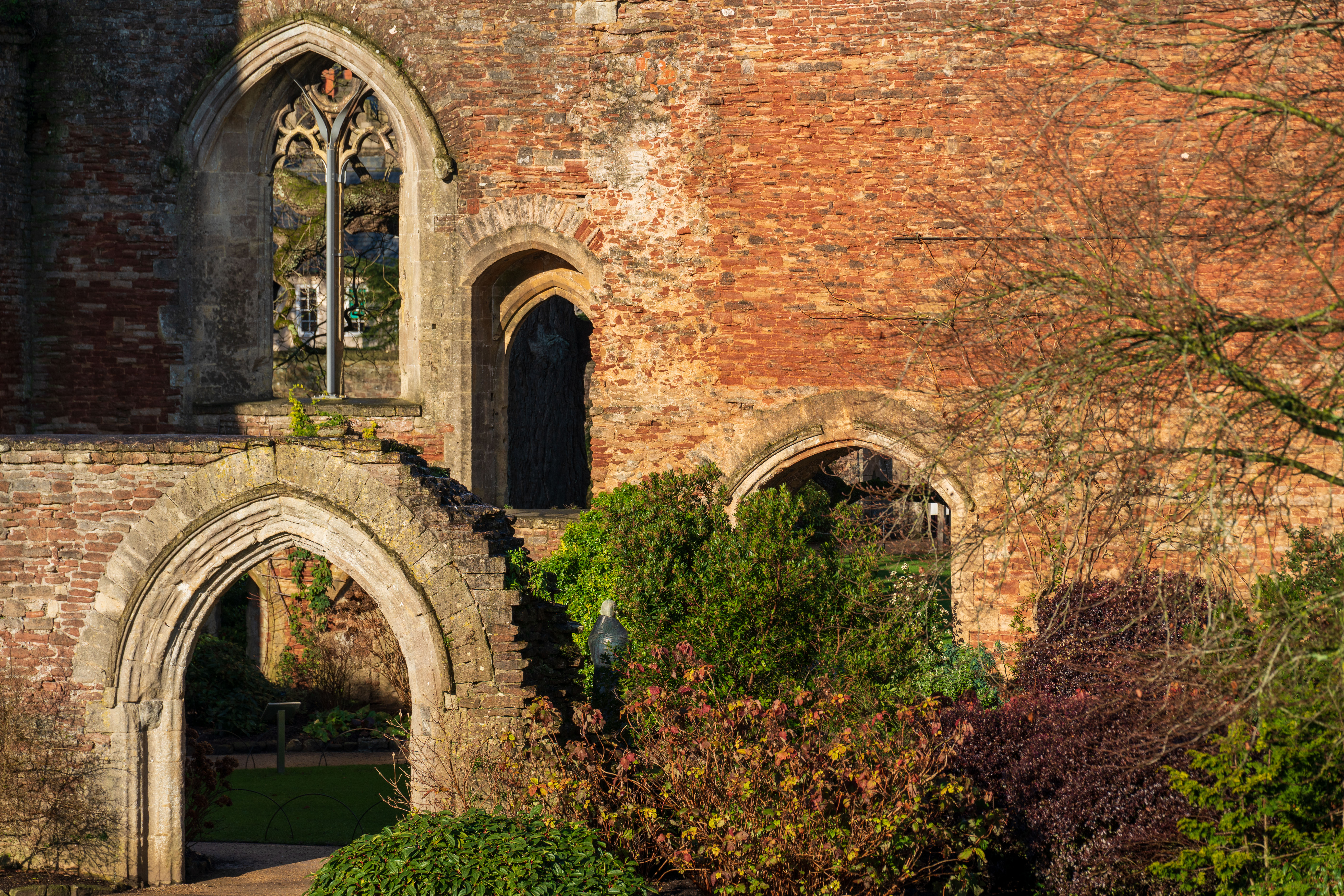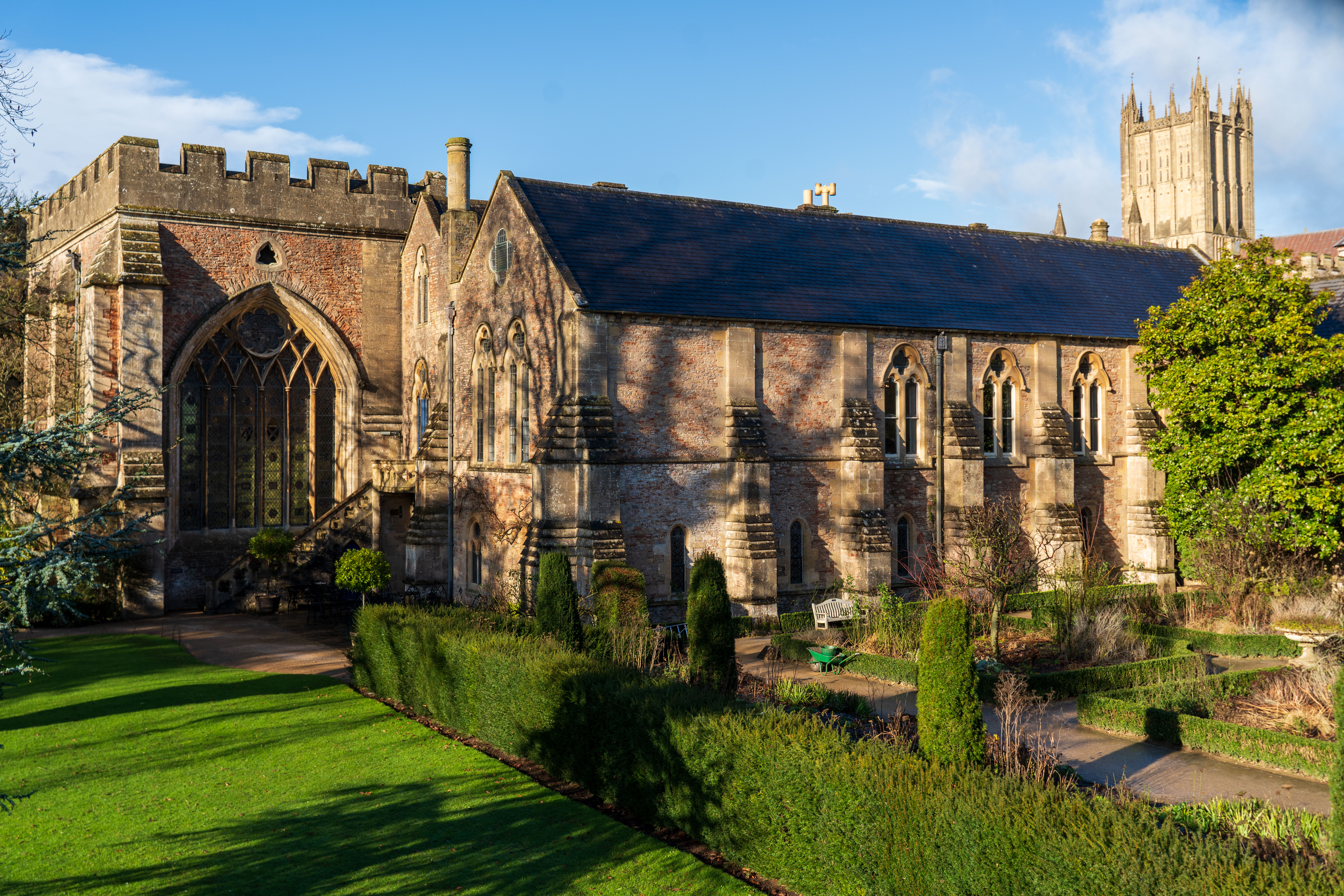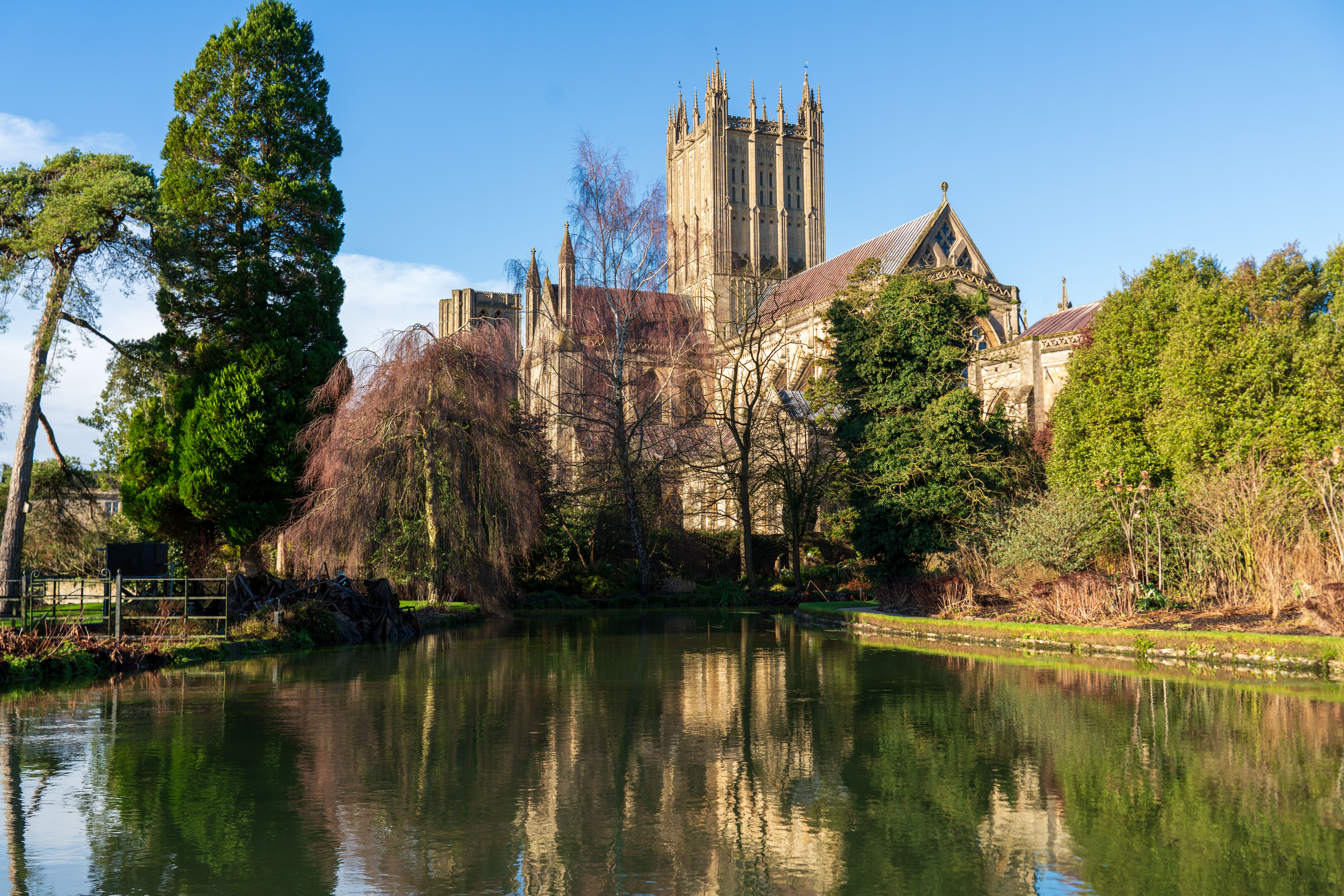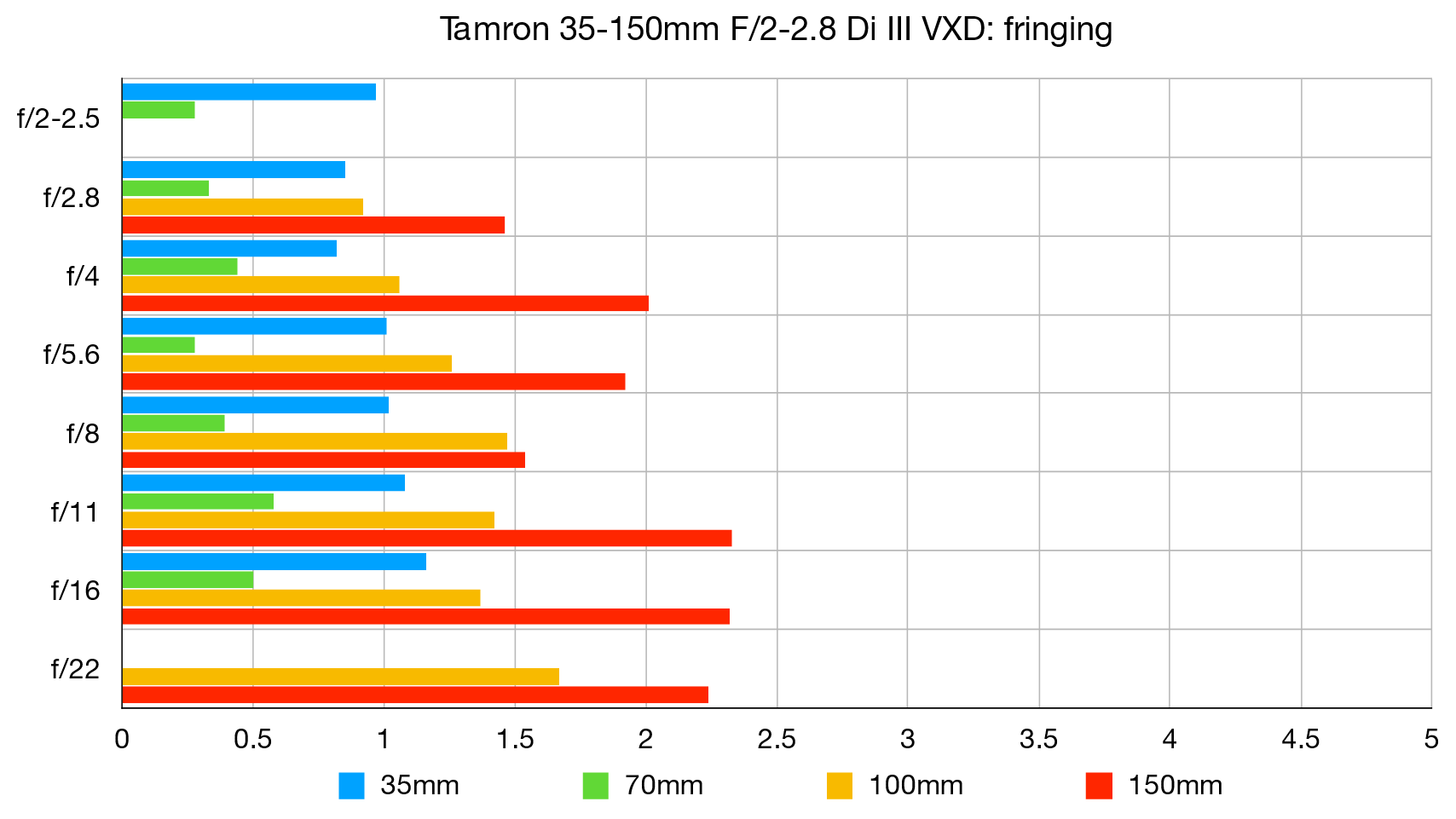Digital Camera World Verdict
With its big zoom range and fast aperture, Tamron touts this lens as being very suitable for travel photography in its marketing. At nearly 1.2kg, however, it’s arguably a bit on the weighty side for travel, and it’s pretty chunky as well. We reckon it works much better for wedding and event photography, enabling everything from fairly wide group portraits to tight head shots, without the risk of missing important moments due to swapping between different lenses on a camera. Autofocus is snappy and sharpness is mostly very good, along with lovely bokeh.
Pros
- +
Powerful zoom range
- +
Fast aperture rating
- +
Impressive overall performance
Cons
- -
Fairly big and heavy
- -
Mediocre edge-sharpness
Why you can trust Digital Camera World
We’ve almost been here before. The full-frame compatible Tamron 35-150mm F/2-2.8 Di III VXD for Sony E-mount mirrorless cameras is billed as the world’s fastest lens with this sort of zoom range. The Tamron 35-150 mm f/2.8-4 Di VC OS launched back in 2019 offered exactly the same zoom range but was an f/stop slower at any given focal length. That lens was designed for Canon and Nikon DSLRs but only had a short lifespan, as it’s since been discontinued.
Specifications
Mount: Sony E (FE), Nikon Z (FX)
Tamron product number: A058S
Full frame: Yes
Image stabilization: No
Autofocus: Yes
Lens construction: 21 elements in 15 groups
Angle of view: 63.4-16.4 degrees
Diaphragm blades: 9
Minimum aperture: f/16-22
Minimum focusing distance: 0.33m (W) 0.85m (T)
Maximum magnification ratio: 0.18x (W) 0.17x (T)
Filter size: 82mm
Dimensions: 89x158mm
Weight: 1,165g
Key features
Many discerning photographers prefer constant-aperture zoom lenses but, while this Tamron has a variable aperture rating, it’s uncommonly fast at the wide-angle end, and still delivers a bright f/2.8 at its longest telephoto setting. The zoom range of 35-150mm is really useful, stretching from a moderately wide-angle field of view to pretty powerful telephoto reach. Compared with using two 24-70mm and 70-200mm f/2.8 trinity zooms, you naturally lose out at both ends of the range, but the Tamron is remarkably versatile as an all-in-one lens if you can live within the tighter focal length boundaries.
The optical path is based on 21 elements in 15 groups and features some up-market glass, including three GM (Glass Molded) and four LD (Low Dispersion) elements, aiming to boost sharpness and clarity while minimizing color fringing and other aberrations.
Autofocus is based on a VXD (Voice-coil eXtreme Drive) linear stepping motor, which is fast for stills and enables smooth transitions when shooting video, in almost complete silence. It’s also compatible with advanced autofocus modes where featured in Sony mirrorless bodies, including Hybrid AF and Eye AF. The minimum focus distance is pretty short at any given focal length, ranging from 0.33m at the wide-angle end to 0.85m at full telephoto stretch.
The lens features a USB-C port and compatibility with Tamron’s Lens Utility software. This enables you to set up custom modes for the lens’s duplicated function buttons for landscape and portrait orientation shooting, accessible via a three-way Custom switch. For example, you can use the buttons as AF Hold, focus preset or A-B focus, the last of these allowing you to shift the focus point back and forth between two preset object distances. You can also change the direction of the electronically coupled manual focus ring and select alternative functions for its use when in autofocus mode.
Build and handling
At 89x158mm and 1,165g, the lens feels quite big and weighty for travel and walkabout shooting but, then again, it’s a whole lot smaller and lighter than lugging around a pair of 24-70mm and 70-200mm f/2.8 trinity zooms. The inner barrel extends as you sweep through the zoom range from wide-angle to telephoto settings, as shown in the image below at full extension, but our test sample didn’t suffer from any zoom creep. A zoom lock switch is also fitted.
Build quality feels tough and robust. Weather-seals are fitted to all the joints and a fluorine coating is applied to the front element, which helps to repel moisture and greasy fingermarks, as well as making it easier to clean.
The zoom and customizable focus ring operate smoothly and with a high-precision feel. The dual function buttons are a handling bonus, along with the three-way custom settings switch. Focusing is fully internal, so the filter attachment thread doesn’t rotate, which makes filters like ND grads and circular polarizers easy to use.
Performance
As advertised, autofocus is super-speedy and proved consistently accurate during our tests. Unlike Tamron’s now discontinued 35-150mm zoom for DSLRs which had 5-stop optical stabilization, the E-mount lens relies solely on the in-body stabilization of Sony mirrorless cameras. That’s all very well unless you’re using a first-generation Alpha A7 body or the majority of APS-C format Sony cameras, which lack IBIS.
Levels of center-sharpness are very good at the widest available apertures, throughout the zoom range, generally becoming excellent if you narrow the aperture by one f/stop and beyond. In the region between the central zone and the edges, sharpness holds up pretty well but it drops off noticeably towards the edges and corners. This can be a disappointment in landscape photography but is much less of an issue for portraiture, where you’ll often want to blur the background anyway. The lens performs very well in this respect, the wide apertures enabling a tight depth of field and the optical design delivering very smooth and dreamy bokeh.
Both lateral and axial chromatic aberrations are minimal in the shorter half of the zoom range, and there’s good resistance to ghosting and flare. There’s very minor barrel distortion at 35mm although pincushion distortion can be noticeable in the 50-150mm sector of the zoom range, at least with in-camera correction switched off. All in all, image quality and all-round performance is very satisfying, which is impressive for a lens with such a big zoom range and fast aperture rating.
The best camera deals, reviews, product advice, and unmissable photography news, direct to your inbox!
Sample images
Lab results
We run a range of lab tests under controlled conditions, using the Imatest Master testing suite. Photos of test charts are taken across the range of apertures and zooms (where available), then analyzed for sharpness, distortion and chromatic aberrations.
We use Imatest SFR (spatial frequency response) charts and analysis software to plot lens resolution at the center of the image frame, corners and mid-point distances, across the range of aperture settings and, with zoom lenses, at four different focal lengths. The tests also measure distortion and color fringing (chromatic aberration).
Sharpness:
Sharpness is excellent in the central region of the image frame, throughout the entire zoom range, but somewhat less impressive towards the edges and corners.
Fringing:
Color fringing is minimal at 35mm and entirely negligible at 70mm. It creeps up a bit in the 100-150mm sector of the zoom range but is still fairly low and the in-camera correction option applies an effective fix.
Distortion:
There’s very minor barrel distortion at 35mm but pincushion distortion can be noticeable in the 50-150mm sector of the zoom range. As with color fringing, in-camera correction is available.
Verdict
With its big zoom range and fast aperture, Tamron touts this lens as being very suitable for travel photography in its marketing. At nearly 1.2kg, however, it’s arguably a bit on the weighty side for travel, and it’s pretty chunky as well. We reckon it works much better for wedding and event photography, enabling everything from fairly wide group portraits to tight head shots, without the risk of missing important moments due to swapping between different lenses on a camera. Autofocus is snappy and sharpness is mostly very good, along with lovely bokeh.
Read more:
• Best camera lenses to get
• Best Canon lenses
• Best Nikon lenses
• Best Sony lenses
Matthew Richards is a photographer and journalist who has spent years using and reviewing all manner of photo gear. He is Digital Camera World's principal lens reviewer – and has tested more primes and zooms than most people have had hot dinners!
His expertise with equipment doesn’t end there, though. He is also an encyclopedia when it comes to all manner of cameras, camera holsters and bags, flashguns, tripods and heads, printers, papers and inks, and just about anything imaging-related.
In an earlier life he was a broadcast engineer at the BBC, as well as a former editor of PC Guide.


